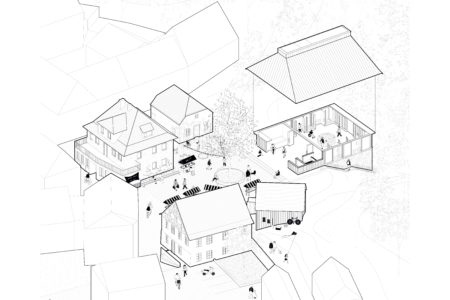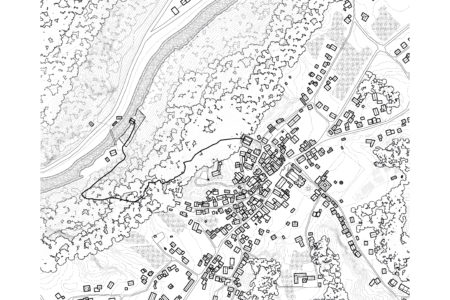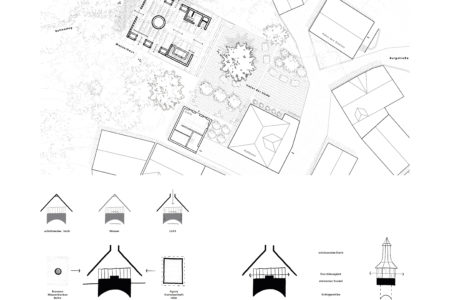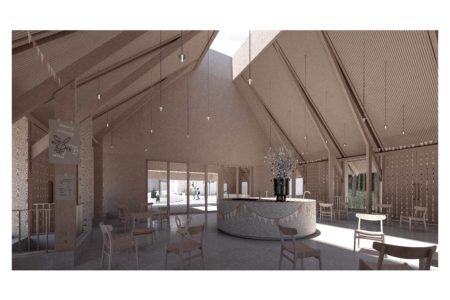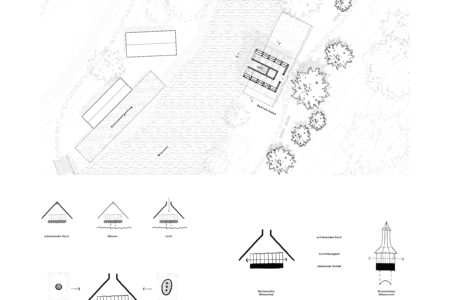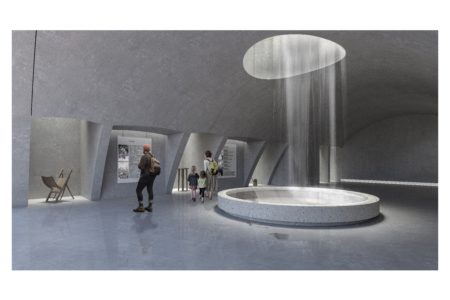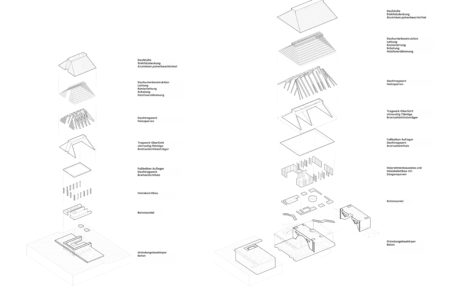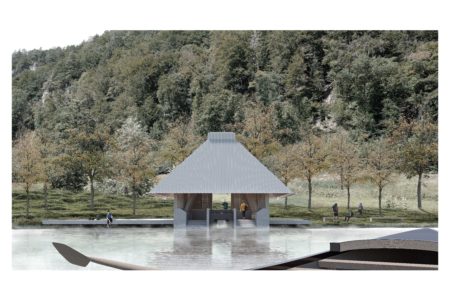Place of identification: Franconian Switzerland
Topic: Place of identification: Franconian Switzerland
Student: Jule Feige
Semester: Wintersemester 2021/22
Tutors: Prof. Carola Dietrich, Prof. Richard Woditsch
Thesis: Master
A universal architecture in the international style, is increasingly increasing in the modern age. The specifics of a context are disregarded and the culture of our settlements is unified by replications. This also results in the problem of the lack of identification of the residents with their environment.
In order to achieve a continuation of the regional identity through new buildings, it is essential to evaluate the culture in an architectural context. The current architectural discourse about the Genius Loci represents a possibility to describe the character of a place in its individuality. It is based on the work of Christian Norberg-Schulz and the more recent literature of Tomáš Valena, who outline a breakdown of categories that define the genius loci. However, the factor of time is insufficiently addressed and thus no change in regional identities is addressed, which is why this connection is analyzed in more detail in the theoretical part of the present work.
Franconian Switzerland, the recreational area northeast of Nuremberg, represents a sensitive cultural place and forms the context of this work. The focus is on the currently absent Buttenträgerkultur, which has developed through the historical water transport in the low mountain range region. By the graphic application of the layer principle to the place Gößweinstein, taking into account the temporal development, a change process of the Genius Loci is proved. In addition, the Buttenträgerkultur can be understood as a link between artificial and natural place and is therefore considered to be the basis to be preserved of the specific character, which allows an identification of the human being. The question therefore arises:
How can architecture contribute to the preservation of rural cultural heritage and become an identification space through the visualisation of the genius loci?
By examining the structures of the Tempiettos and Acqua Felices, the method of a temporal fixation of the Stabilitas loci and the transfer of these into the current context is described. The design of the water house and the Buttenstube, which reactivates the historic Buttenweg, forms a symbiosis of the absent and the present. The reinterpretation of culture and the translation into a design structure based on the vernacular architectural types of this region represent the means of overcoming a temporal loss, whereby the historical layer of the genius loci can be fixed. In addition, the multifunctional use of the buildings and the response to the contemporary context achieve a visualization of culture, which leads to a repetition of the social moments implied by them. Thus it comes to a continuation of the rural cultural heritage in the town of Gößweinstein and it creates an identification space for the visitors of this context. In the valley, an architectural version of the Stempfermühlquelle was designed in the practical part. At this point, during the time of the Buttenträger, meetings, interactions and the process of drawing water took place. The Buttenstube breaks through the positioning on the bank edge, the threshold between land and water and places the water intake in the center of the floor plan. This is additionally provided by a central arranged skylight, which fits into the wooden skeleton construction. The visitor then follows the Buttenweg to experience the effort of historical drinking water transport. The end point is the water house inserted into the topography with an exhibition space that expresses the specifics of the Buttenträger culture, the flowing water and the origins of history through the sculptural structure of the building. The designs are structured according to the model of the vernacular fountain house, whereby the vertical end is the Franconian hipped roof, as the original form. Due to the materiality of local larch wood and solid concrete, the vertical structure of the buildings is additionally emphasized. The community room with central water extraction forms the interface with the context of the settlement and represents the public meeting point for the inhabitants of the village and thus creates the new urban village center of Gößweinstein. Through the multifunctional use of the space, the cultural and social origins of the settlements can be connected and thus the tradition of the region can be continued.
